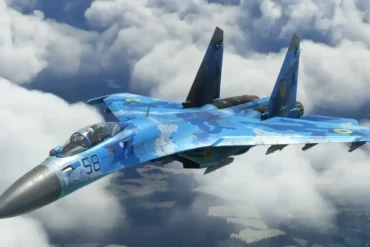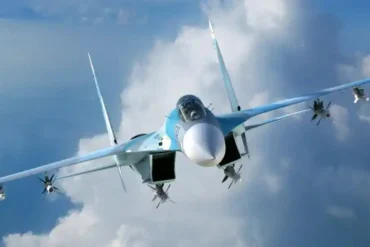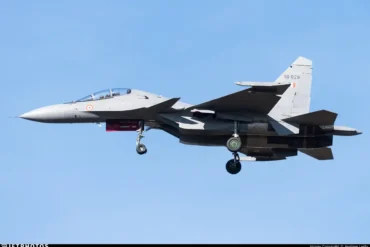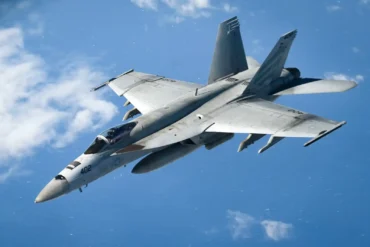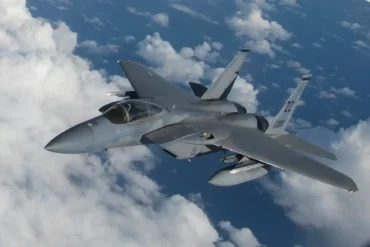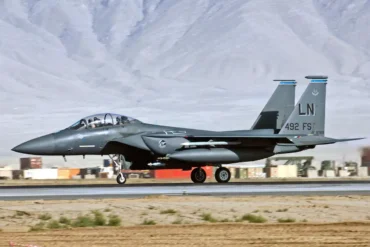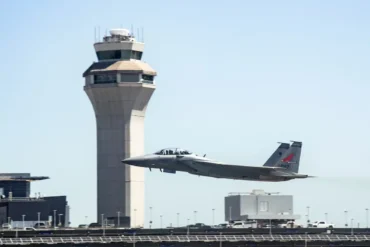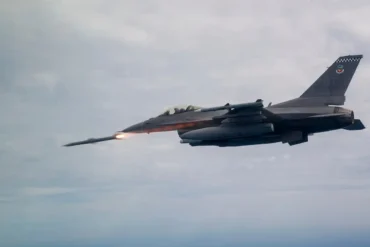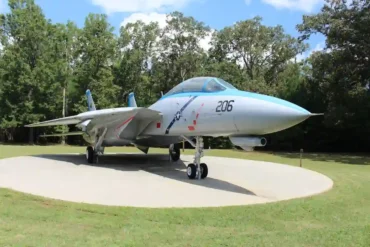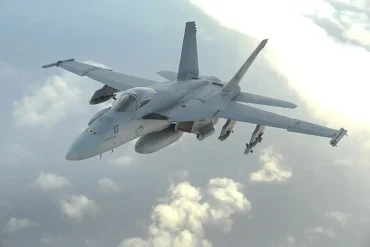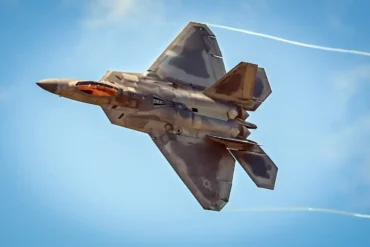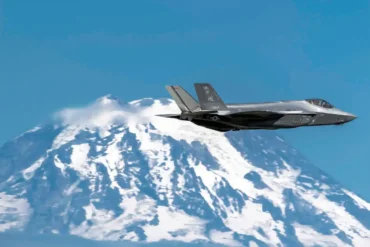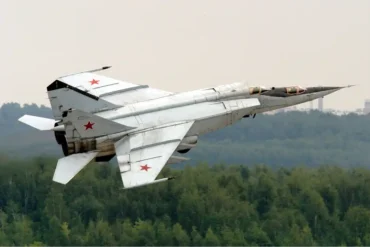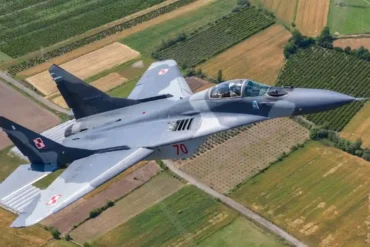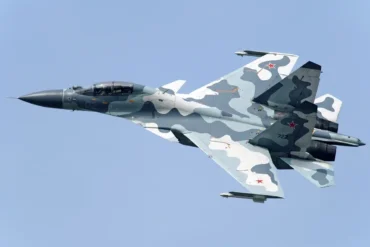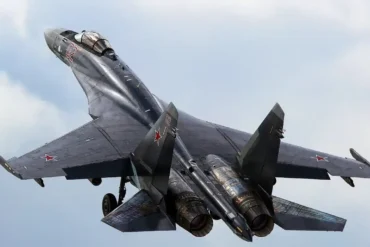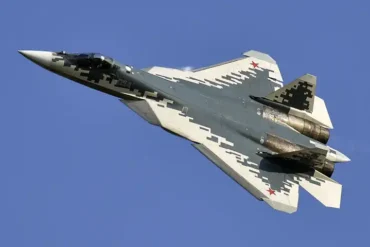The Su-27 Flanker is a renowned multirole fighter jet developed by the Soviet Union in the 1970s, known for its superior performance, agility, and high speed. It is often hailed as one of the most capable air superiority fighters in the world. In this article, we will examine the Su-27’s top speed, dive into its impressive performance metrics, and explore what makes this aircraft a powerful presence in the skies.
Su-27 Flanker Top Speed in Different Units
To understand the Su-27’s capabilities better, it is essential to break down its top speed across multiple units:
- Top Speed in Mach: Mach 2.35
- Top Speed in Kilometers per Hour (km/h): 2,500 km/h
- Top Speed in Miles per Hour (mph): 1,553 mph
These impressive numbers place the Su-27 Flanker in the category of high-performance jets capable of achieving exceptional speeds at both low and high altitudes. Now, let’s dive deeper into the performance and specifications that allow the Su-27 to achieve such remarkable speeds.
Overview of Su-27 Flanker: Design and Features
The Su-27, officially designated as the Su-27SK in its export variant, was designed with an emphasis on long-range combat and air superiority. With a wingspan of 14.7 meters (48 feet 3 inches) and a length of 21.9 meters (71 feet 10 inches), the aircraft has a sleek and aerodynamic build. These dimensions contribute to its impressive maneuverability, stability, and, of course, its ability to reach supersonic speeds.
The aircraft’s powerplant consists of two Saturn AL-31F turbofan engines, which provide a thrust of 75.22 kN (16,910 lbf) each in dry mode and up to 122.6 kN (27,600 lbf) with afterburners engaged. This twin-engine configuration allows the Su-27 to perform high-speed operations and achieve the maximum speed it is known for, even in challenging flight conditions.
Su-27 Flanker Performance Characteristics
Maximum Speed at Altitude
The Su-27 is capable of reaching an incredible top speed of 2,500 km/h (1,553 mph, or 1,350 knots) at high altitudes, a critical performance characteristic that sets it apart from other fighters. This speed is achievable when the aircraft is flying at higher altitudes, where the atmosphere is thinner, and the engines perform more efficiently.
The Su-27’s maximum speed of Mach 2.35 makes it one of the fastest fighter jets in its class. In terms of air superiority, this means that the Su-27 can outrun most contemporary adversary aircraft, gaining an advantage in air-to-air combat scenarios.
Maximum Speed at Sea Level
At sea level, the Su-27 remains formidable, reaching speeds of up to 1,400 km/h (870 mph, or 760 knots). While the speed is lower than at altitude, it is still significantly higher than that of many other aircraft, giving the Su-27 the edge in low-altitude combat, where agility and speed are essential.
Even at sea level, the Su-27 is capable of maintaining Mach 1.13, further emphasizing its versatility in different flight regimes.
Engine Performance: Power Behind the Speed
The heart of the Su-27’s exceptional speed lies in its dual Saturn AL-31F afterburning turbofan engines. These engines are designed to generate thrust through the use of afterburners, which inject additional fuel into the exhaust stream, increasing the overall thrust and enabling supersonic speeds.
The Su-27’s engines can operate at 75.22 kN (16,910 lbf) without afterburners, but the afterburner function boosts this output to an impressive 122.6 kN (27,600 lbf). The result is an aircraft capable of extraordinary acceleration and sustained high-speed performance.
The thrust-to-weight ratio of the Su-27 with 56% fuel is approximately 1.07, which means the aircraft’s engines can produce more thrust than the aircraft’s weight. This enables the Su-27 to climb rapidly and maintain high-speed flight without losing altitude.
Aerodynamics and Wing Loading
The aerodynamics of the Su-27 play a crucial role in its ability to achieve and maintain high speeds. With a wingspan of 14.7 meters (48 feet 3 inches) and a wing area of 62 square meters (670 square feet), the Su-27 has a highly efficient aerodynamic design. These dimensions allow for high lift and stability while minimizing drag at supersonic speeds.
The aircraft’s wing loading varies depending on fuel load, but it is approximately 377.9 kg/m2 (77.4 lb/sq ft) when carrying 56% of its fuel. This allows for efficient maneuverability, even at high speeds. The g-limits of the Su-27 are also impressive, with the aircraft capable of enduring up to +9 g, making it one of the most agile fighters in its class.
Climbing Ability and Service Ceiling
While top speed is a critical aspect of the Su-27’s performance, its rate of climb is also noteworthy. The aircraft can climb at a rate of 300 meters per second (59,000 feet per minute), allowing it to reach high altitudes rapidly. This ability is especially valuable in combat situations where altitude plays a vital role in gaining the upper hand.
The Su-27’s service ceiling of 19,000 meters (62,000 feet) means it can operate in the upper layers of the atmosphere, well beyond the reach of many other fighter jets. At such altitudes, the aircraft is capable of maintaining its high-speed capabilities and avoiding surface threats.
Operational Range and Fuel Efficiency
Another aspect of the Su-27’s performance is its operational range. When flying at altitude, the aircraft has a range of 3,530 km (2,190 miles or 1,910 nautical miles). This allows the Su-27 to engage in extended combat missions or patrol large areas, making it an excellent choice for air superiority and defensive operations over vast territories.
At sea level, the range is reduced to 1,340 km (830 miles or 720 nautical miles), but the Su-27 remains highly effective in these scenarios. The aircraft’s fuel capacity of 9,400 kg (20,723.5 lb) of internal fuel ensures it has the endurance required for both long-range missions and sustained high-speed operations.
Comparison with Other Fighter Jets
In terms of top speed and performance, the Su-27 Flanker is often compared to other leading fighter jets, such as the F-15 Eagle, F-22 Raptor, and MiG-29 Fulcrum. While the F-22 Raptor may surpass the Su-27 in terms of stealth and advanced avionics, the Su-27 still holds a significant edge in terms of raw speed and agility, particularly in older models of its class.
Compared to the MiG-29, which has a top speed of around 2,400 km/h (1,500 mph), the Su-27’s 2,500 km/h maximum speed gives it a slight advantage. The F-15 Eagle, with a maximum speed of approximately 2,656 km/h (1,650 mph), surpasses the Su-27 in terms of top speed, but the Su-27’s maneuverability and versatility in combat are often regarded as superior.
Su-27 Flanker Legacy and Future
The Su-27 continues to serve as the backbone of the Russian Air Force, with multiple variants in active service, including the Su-30, Su-33, and Su-35. Its design has influenced a new generation of aircraft, and its capabilities have been tested in numerous combat scenarios.
As the Su-27’s service life progresses, upgrades to avionics, engines, and weapons systems ensure that it remains a formidable opponent in air combat. Even after decades of service, the Su-27’s top speed, maneuverability, and range continue to make it a dominant force in modern air combat.
Conclusion
In conclusion, the Su-27 Flanker is an extraordinary fighter jet that exemplifies the pinnacle of Soviet aerospace engineering. With a top speed of 2,500 km/h (1,553 mph), a Mach 2.35 maximum velocity, and remarkable agility, it continues to stand as a symbol of air superiority. Its advanced design, powerful engines, and exceptional performance make it one of the fastest and most capable fighter jets ever created. Whether in combat or as a demonstration of engineering prowess, the Su-27 remains an iconic aircraft in the world of aviation.

